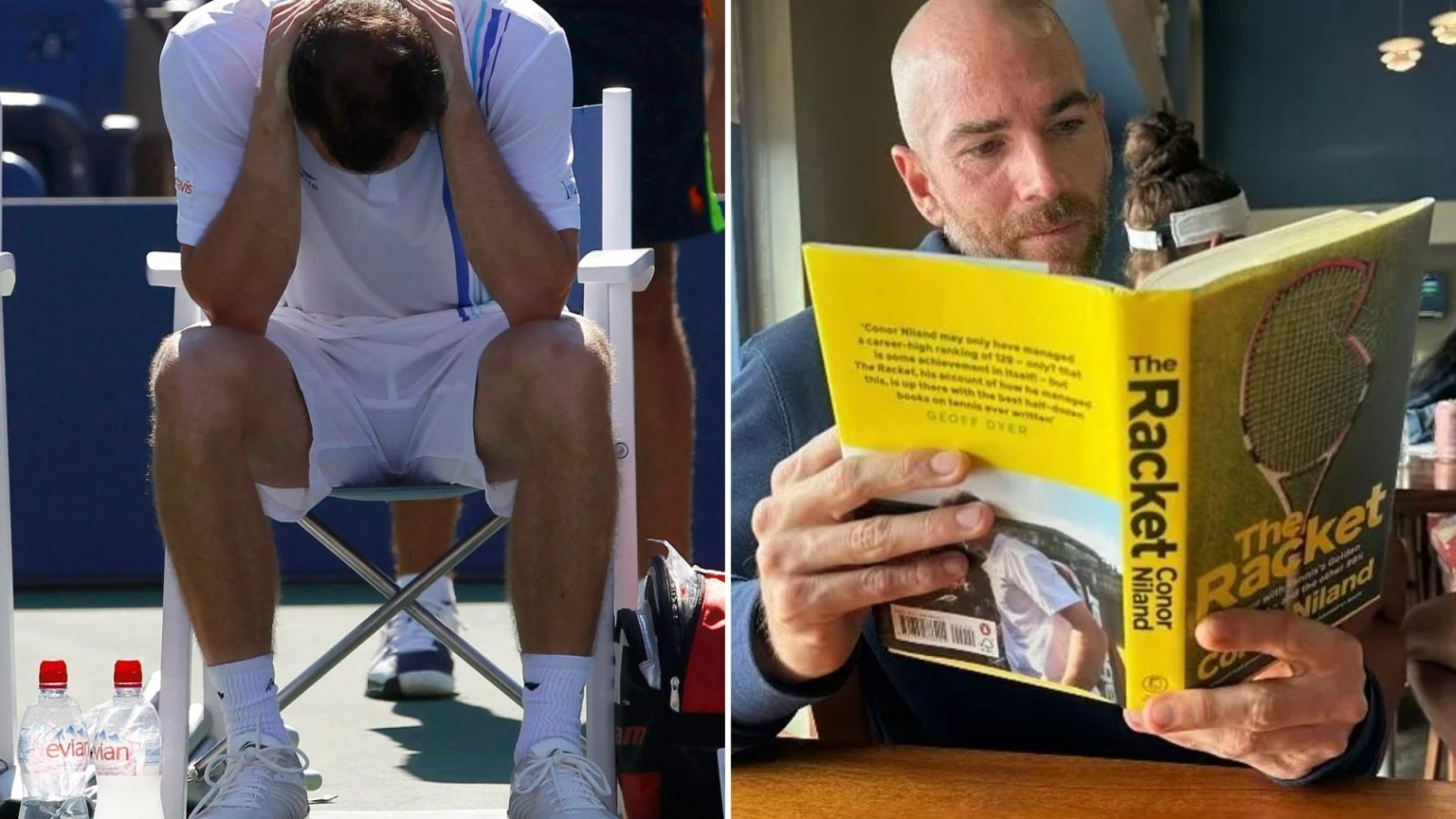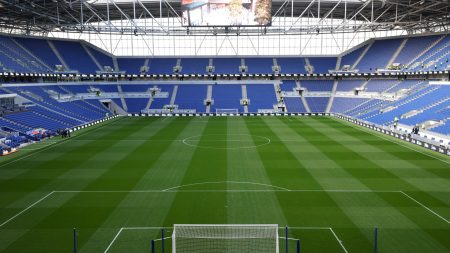Conor Niland’s tennis career, though marked by fleeting encounters with greatness, ultimately unfolded as a testament to the arduous, often unglamorous reality faced by the majority of professional tennis players. While his path briefly intersected with the likes of Roger Federer, Serena Williams, Andy Murray, and Novak Djokovic, Niland’s journey was largely defined by the relentless grind of the Futures and Challenger circuits, a world far removed from the glitz and glamour of Grand Slam tournaments. His story is one of near misses, unfortunate mishaps, and the persistent pursuit of a dream against seemingly insurmountable odds.
Niland’s early promise, evidenced by a junior victory over a young Roger Federer, gave way to a professional career characterized by relentless travel, financial struggles, and the solitary existence of a journeyman player. Despite achieving a career-high ranking of world No. 129, Niland’s two Grand Slam main draw appearances were tinged with both triumph and heartbreak. At Wimbledon in 2011, he navigated a grueling qualifying campaign, only to fall agonizingly short of a Centre Court showdown against Federer, a missed opportunity that continues to haunt him. His US Open debut later that year, a first-round match against Novak Djokovic, was cruelly derailed by a bout of food poisoning, further solidifying his narrative of near misses.
These experiences, punctuated by both exhilarating highs and crushing lows, ultimately inspired Niland to pen his award-winning autobiography, “The Racket.” The book serves as a cathartic exploration of his tennis odyssey, offering a candid glimpse into the mental and emotional toll exacted by the relentless pursuit of success in a highly competitive and often isolating sport. The Mannarino match at Wimbledon, a pivotal moment in his career, remains a constant reminder of what might have been, a testament to the fine margins that separate triumph from disappointment in the world of professional tennis.
Beyond the Grand Slam stage, Niland’s career was a tapestry of diverse experiences, from navigating the challenging conditions of the Challenger circuit to grappling with the financial realities of a sport where success is often the only path to solvency. He recounts anecdotes of resisting the temptations of local pubs in Wrexham en route to a tournament victory, followed by a starkly contrasting experience in Uzbekistan, where a seven-hour taxi ride on treacherous roads served as a harsh reminder of the sacrifices demanded by his chosen profession. These experiences underscore the stark contrast between the glamorous image of professional tennis and the often-gritty reality faced by those striving to make a living outside the top echelons of the sport.
The financial challenges were particularly acute. While top players enjoy lucrative endorsements and prize money, those further down the rankings are forced to rely on tournament winnings to cover their expenses, constantly juggling travel costs, accommodation, and coaching fees. Niland’s experiences highlight the precarious financial landscape faced by many players, who often find themselves “bouncing from country to country trying to make ends meet.” He recounts the loss of a sponsor due to an on-court outburst, further emphasizing the fragility of financial stability in a sport where success is often fleeting and unpredictable.
The solitary nature of tennis also took its toll. The lack of a regular team dynamic, coupled with the constant travel and competition, contributed to a sense of isolation. Niland’s interactions were often limited to his rivals, creating a unique social dynamic where camaraderie and competition coexisted. The long hours spent alone in airports, hotels, and on practice courts compounded the loneliness, leading to a monotonous routine punctuated by fleeting moments of intense competition. This isolation, combined with the constant pressure to perform and the frequent disappointments inherent in a sport where only one player can emerge victorious, often left Niland questioning the value of his relentless pursuit.
Ultimately, a persistent hip injury forced Niland to retire from professional tennis at the age of 30. While he remains involved in the sport as the Irish Davis Cup captain, his primary focus has shifted to a career in commercial property. This transition, from the high-stakes world of professional tennis to the corporate environment, required significant adaptation. Niland acknowledges the challenges of adjusting to a structured office setting after years of independent travel and competition. However, his story is not one of regret but rather a testament to resilience, adaptability, and the ability to find fulfillment beyond the confines of a demanding and often unforgiving sport. His memoir, “The Racket,” serves as a candid and insightful account of this journey, offering a valuable perspective on the realities of professional tennis beyond the glamorous facade often portrayed in the media.











